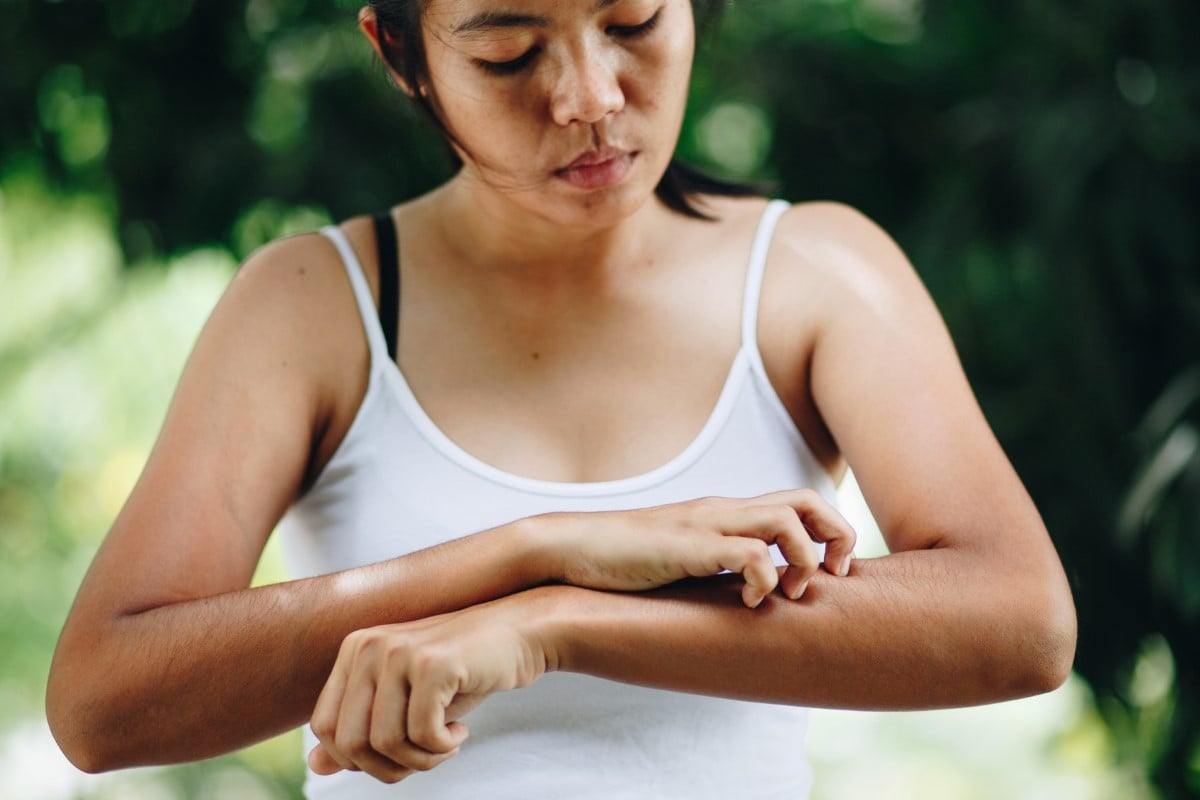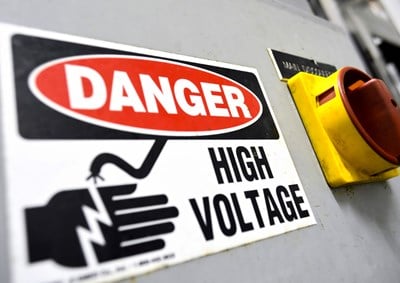Rashes (also called skin lesions or erythema) have a variety of causes and involve changes in skin color and texture, and can be quite common, especially in children. In most cases, rash symptoms and characteristics help to determine what is causing the rash; in other cases, medical testing is needed.
The most common type of simple rash is inflammation of the skin known as dermatitis. Contact dermatitis is caused by substances that come in contact with the skin, such as chemicals, particularly those found in latex and rubber; cosmetics, soaps and detergents; clothing dyes and materials; and poison ivy, oak or sumac. These types of rashes are not associated with fever.
Other causes of rashes without fever include allergic reactions, drug reactions and fungal infections such as ringworm. Physician evaluation is generally necessary for diagnosis and treatment of these types of rashes.
Rashes that occur in association with moderate fever (less than 102 degrees F) are usually due to viral infections, such as roseola, which runs its course without treatment. The rash typically appears after the resolution of the fever.
Seek immediate medical evaluation for rashes:
- that look like small bleeding spots under the skin; these types of rashes are typically associated with high fevers or unusual sleepiness.
- that appear in the eye(s) or inside the mouth (a possible sign of a serious illness or a drug reaction).
 American College of Emergency Physicians
American College of Emergency Physicians







